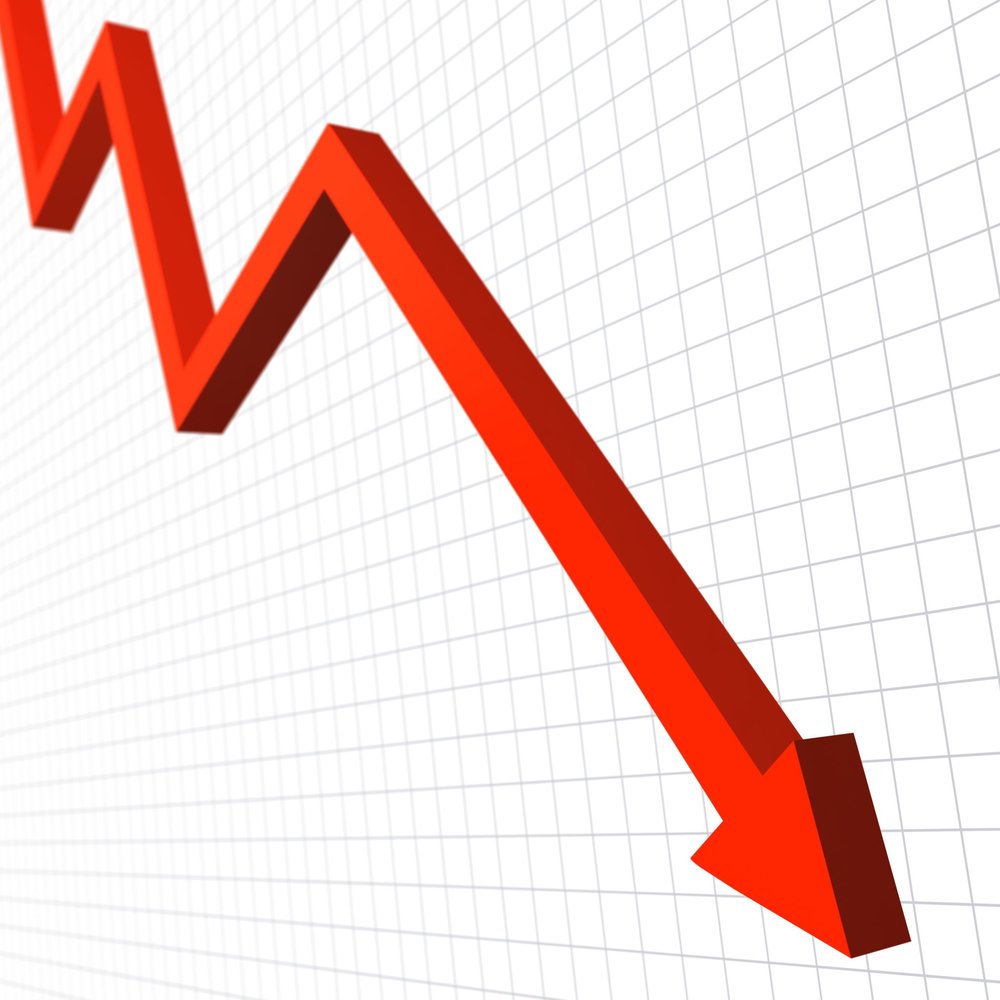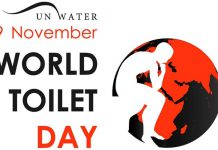AfricaPress-Tanzania: THE annual headline inflation rate for the month of April decreased to 3.3 percent from 3.4 percent recorded in March despite the outbreak of coronavirus pandemic.
The decrease of the headline inflation explains that, the speed of price change for commodities for the year ended April has decreased compared to the speed recorded for the year ended March.
According to the National Bureau of Statistics (NBS), the overall index went up to 120.67 in April from 116.82 recorded in the corresponding period in April, 2019.
The food and non-alcoholic beverages inflation rate for the month of April under review has decreased to 4.6 percent from 5.3 percent recorded in March.
The annual inflation rate for food consumed at home and away from home for the month of April has also decreased to 5.2 per cent from 5.9 per cent recorded in March. The 12-month index change for non-food products in April has increased to 2.5 per cent from 2.2 percent recorded in March.
The annual inflation rate which excludes food and energy for the month of April has stagnated at 2.1 percent as it was recorded in March.
The National Consumer Price Index (NCPI), used to compute this type of inflation rate excludes food consumed at home and restaurants, petrol, diesel, gas, kerosene, charcoal, firewood and electricity.
Excluding food and energy which are the most volatile components in the total NCPI could provide a more stable inflation rate figure for policy makers.
In addition, the annual headline inflation rates over the same period have shown a stable trend of movement that range between 3.2 percent recorded in April, 2019 and 3.8 percent recorded in November and December, 2019.
The National Consumer Price Index from March, 2020 to April, 2020 has increased by 0.4 percent compared to an increase by 1.1 percent that was recorded from February, 2020 to March, 2020.
The overall index has increased to 120.67 in April, 2020 from 120.20 recorded in March, 2020. The increase of the overall index is attributed to the price increase for both food and nonfood items.
Some of the food items that contributed to such an increase included fish by 1.4 percent, limes by 5.7 percent, garlic by 3.4 percent, peas by 4.0 percent, potatoes by 4.9 percent and cassava by 5.9 percent.
On the other hand, some of the nonfood items that contributed to such an increase included garments for women (kitenge) by 1.5 percent, Sewing machines by 2.3 percent and charcoal by 1.6 percent.







